Jaguar Engages in Yet Another 'Once-in-a-lifetime Project' With D-Type Roadster Revival

Jaguar has announced the D-Type is re-entering production this week, part of a “once-in-a-lifetime project” designed to get 25 examples of the iconic racer back on the streets. While it’s always exciting to see a venerable model resurface after a six-decade absence, this is nothing new for Jaguar. The company did a limited continuation of the E-Type coupe in 2015, the XKSS in 2016, and a singular electric-powered E-Type prototype in 2017.
That means the “new” D-Type is just another entry in Jaguar Classic’s ultra-premium heritage collection. However, this does not mean the continuation cars aren’t any less cool than a penguin perched atop a glacier adjusting his brand-name sunglasses.
Jaguar assembled the last D-Type in 1956, and the company claims it’s only fulfilling a half-century-old promise to build 100 examples. While the finned roadster represented the absolute pinnacle of automotive development at the time, it lacked the mass appeal of literally any vehicle that wasn’t purpose-built to dominate at Le Mans.
Jaguar says the 25 new examples only serve to complete its 1955 production run, which stopped at 75 units.
“The Jaguar D-type is one of the most iconic and beautiful competition cars of all time, with an outstanding record in the world’s toughest motor races. And it’s just as spectacular today,” said director of Jaguar Land Rover Classics Tim Hannig. “The opportunity to continue the D-type’s success story, by completing its planned production run in Coventry, is one of those once-in-a-lifetime projects that our world-class experts at Jaguar Land Rover Classic are proud to fulfill.”
According to the automaker, every single aspect of the new D-Type will follow original specifications. That includes the usage of the XK6 engines that helped the model win the Le Mans 24-hour race in 1955, 1956 and 1957. How much the owners of these cars will actually get to enjoy the sweet-singing six-cylinder is debatable, though. Since most of Jag’s continuation cars cost in excess of $1 million, most buyers will probably keep them in a garage, under a blanket.
Still, that’s a comparative bargain when you consider original D-Types can cost 20 times that. Sotheby’s currently has a 1954 Jaguar D-Type Works listed for $15 million and previously auctioned a 1955 model for nearly $22 million in 2016.
Buyers have the option to choose either the 1955-specification Shortnose or 1956-spec Longnose D-Type bodywork — in case they’re interested in high-speed stability and that iconic fin. Obviously, Jaguar’s first prototype is the more-flamboyant Longnose model. The automaker said the vehicle will make an appearance at the Salon Retromobile in Paris this week. Deliveries begin later this year.
[Images: Jaguar Land Rover]

A staunch consumer advocate tracking industry trends and regulation. Before joining TTAC, Matt spent a decade working for marketing and research firms based in NYC. Clients included several of the world’s largest automakers, global tire brands, and aftermarket part suppliers. Dissatisfied with the corporate world and resentful of having to wear suits everyday, he pivoted to writing about cars. Since then, that man has become an ardent supporter of the right-to-repair movement, been interviewed on the auto industry by national radio broadcasts, driven more rental cars than anyone ever should, participated in amateur rallying events, and received the requisite minimum training as sanctioned by the SCCA. Handy with a wrench, Matt grew up surrounded by Detroit auto workers and managed to get a pizza delivery job before he was legally eligible. He later found himself driving box trucks through Manhattan, guaranteeing future sympathy for actual truckers. He continues to conduct research pertaining to the automotive sector as an independent contractor and has since moved back to his native Michigan, closer to where the cars are born. A contrarian, Matt claims to prefer understeer — stating that front and all-wheel drive vehicles cater best to his driving style.
More by Matt Posky
Latest Car Reviews
Read moreLatest Product Reviews
Read moreRecent Comments
- Ajla But no ES500h at this time? 🤔 I'd be a little surprised if they bothered to make a trim with the 2.4T or any other ICE-only version. I'm thinking a 250hp AWD hybrid will be the "ES350h". Then whatever these "e" versions are and then maybe something with the Hybridmax.
- Jeff Not so much of a Malibu fan but this is a missed opportunity by GM to make the Malibu a hybrid only and sell it at a more competitive price. This would make a perfect fleet rental car with a hybrid and priced right it would be popular with many buyers who don't want a truck, suv, or crossover but want an American made car. The tooling and dies have long been paid off just offer the hybrid and make the interior a little nicer.
- SCE to AUX This makes the Pontiac Aztek look beautiful.
- Jeff If we are worried about the Chinese spying on us and gathering information then we need to make certain specifications on vehicles imported from China that would lessen any concerns about this. I don't see how we could eliminate all information gathering especially if that vehicle has connectivity to your phone.
- ToolGuy Oh look what's this?



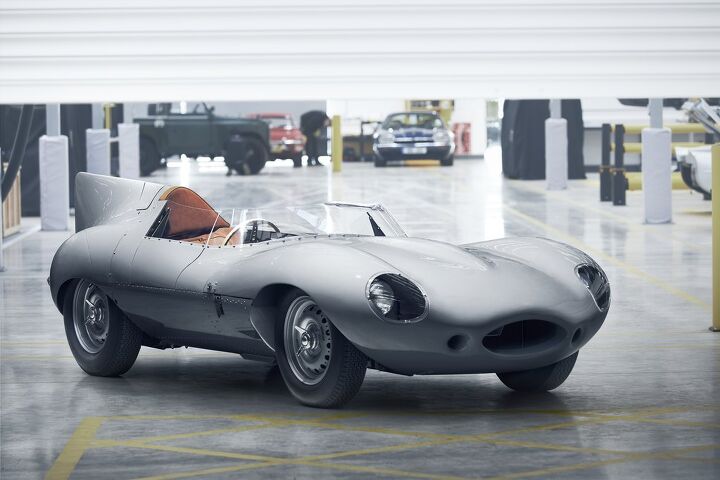


















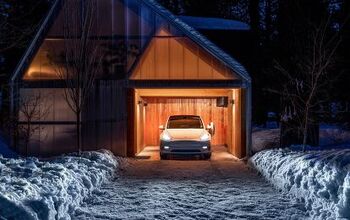
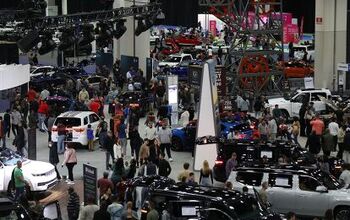





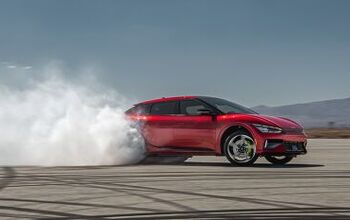
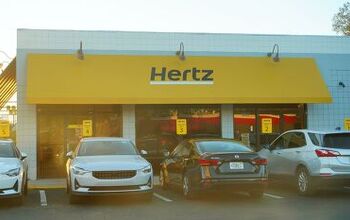


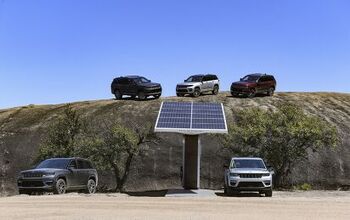
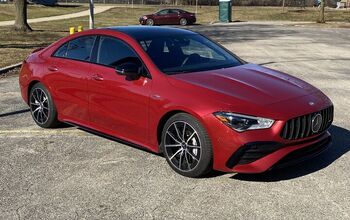
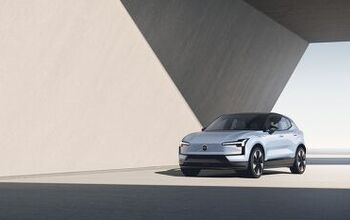
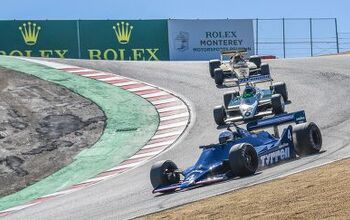
Comments
Join the conversation
When's Ford going to start offering a ZX2 continuation?
Still love the look of this car - especially that side shot! Thanks for doing up the article, Matt.